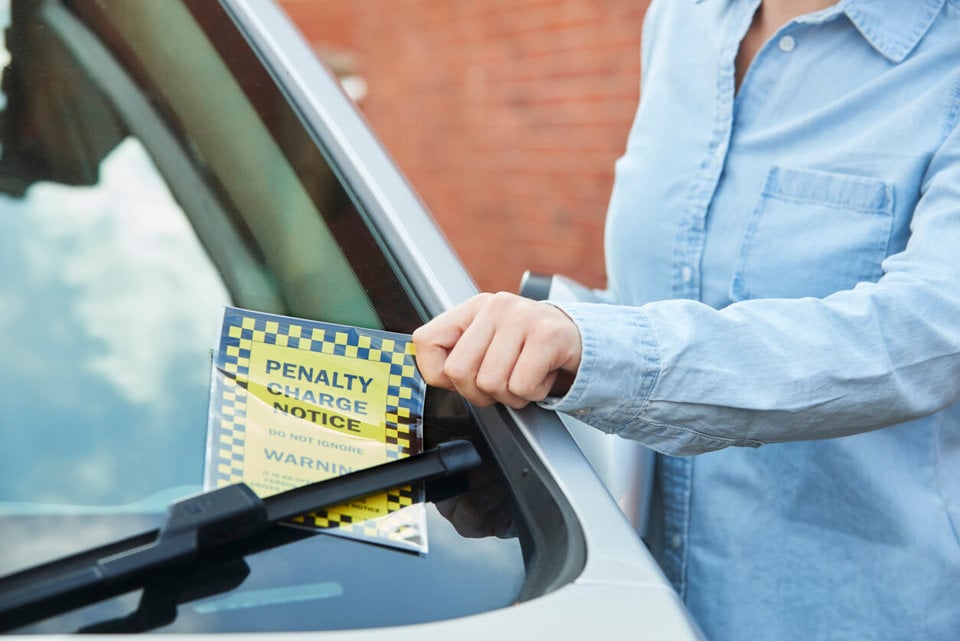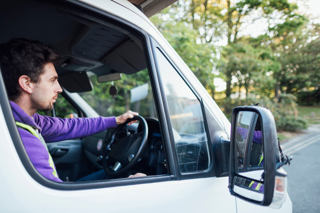Fleets are being urged to improve driver education to stop employees falling foul of the law after record fines and penalties were reported in 2018.
Annual figures from Lex Autolease show that the percentage of company car and van drivers receiving penalties for minor offences rose by close to a quarter (22.7%) year-on-year.
The leasing company’s analysis of more than 377,000 company cars and vans also revealed that drivers racked up £15.3 million in fines and penalties, a year-on-year rise of 15.6%.
Its figure mirror the trend seen in the 2018 FN50 where fines hit £56m.
Sarah Plumb, senior fleet officer at the road safety charity Brake, told Fleet News: “The focus should be on safety at all times. Penalties and fines are enforced for a reason and employers have a responsibility to manage the associated risks for both legal and moral reasons regardless of vehicle type.”
The percentage of drivers caught by bus lane cameras also rose, up 36.2% year-on-year, with the proportion fined for junction box, red routes and other similar infringements up 5.7% over the same period.
Furthermore, the percentage of company car drivers committing parking offences saw an increase of 25.1%, with private car parks accounting for more than three-quarters (77.4%) of the value of all parking fines, which came to £5.93m, compared with the £1.73m collected in charges from public parking.
Plumb continued: “Fleet operators need to ensure they have a strong safety culture among their workforce with effective fleet safety policies and procedures in place which are supported and promoted from the top of the organisation.”
It was a similar message from fleet representative body ACFO. “Education is key to ensuring that drivers are aware of their obligations and how they can be aware of where penalties and fines occur,” said Caroline Sandall, deputy chair of ACFO and a director at ESE Consulting.
“While all drivers should naturally be aware, there is much that employers can do to help their drivers to understand how to avoid fines over and above simply complying with the law and the Highway Code. Being aware of sign-age, looking out for any parking rules are increasingly important.”
Distracted driving
The Lex Autolease analysis coincides with a separate report from the road safety charity IAM RoadSmart which called for businesses to urgently tackle the issue of distracted drivers at the wheel and overhaul their safety at work policies to help stem the tide of avoidable crashes on UK roads.
Department for Transport figures show that in 2017 – the most recent available – 4,639 casualties were caused by in-vehicle distractions.
Increased autonomy, with the advent of new advanced driver assistance systems (ADAS), has the potential to make the situation much worse, says IAM RoadSmart in its white paper Driving While Distracted: Challenges and Solutions.
Lisa Dorn, head of the driving research group at Cranfield University would like all cars to go straight to Level 4 – fully autonomous – at the same time, so vehicles are not driven manually some of the time and semi-autonomously the rest.
“At Levels 2 and 3, when drivers are fully in control some of the time but at other times rely heavily on self-drive functions, motorists become intermittent operators, which is the dangerous area,” she said.
“With adaptive cruise control, for instance, it takes twice the amount of time to respond to a sudden braking event than it does when you are manually driving.”
It takes about a second for a manual driver to respond to a sudden and unexpected braking event. It takes twice that time using adaptive cruise control.
However, Colin Grover, principal engineer for automated driving at Thatcham Research, said it is important to avoid demonising ADAS.
He explained: “Many ADAS systems operate in the background, like autonomous emergency braking, (which is) almost invisible until you need it, so not all ADAS adds distraction. Not all of it is in your face. It is there to help when needed.”





















Login to comment
Comments
No comments have been made yet.